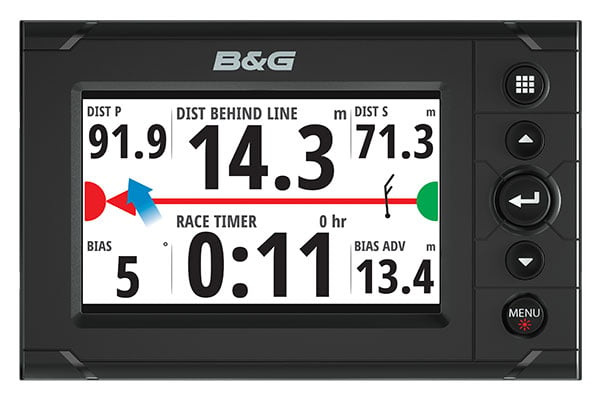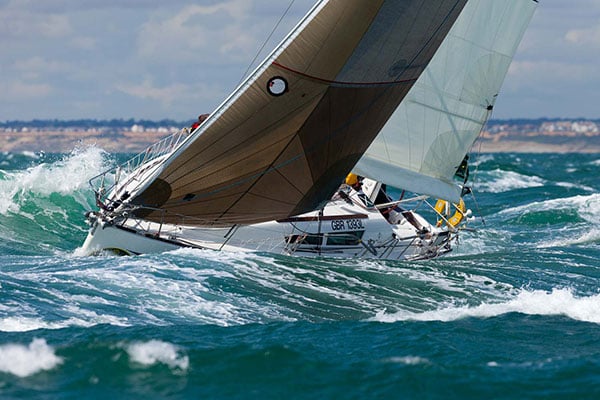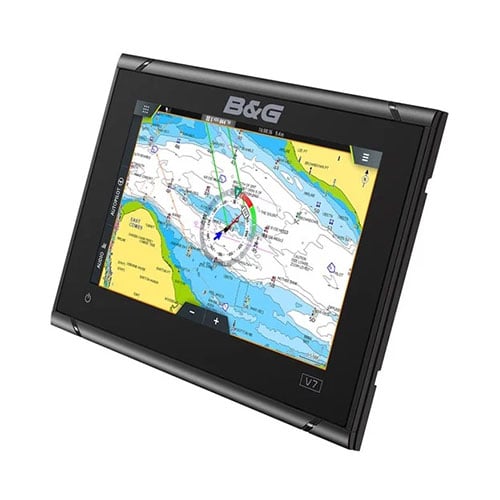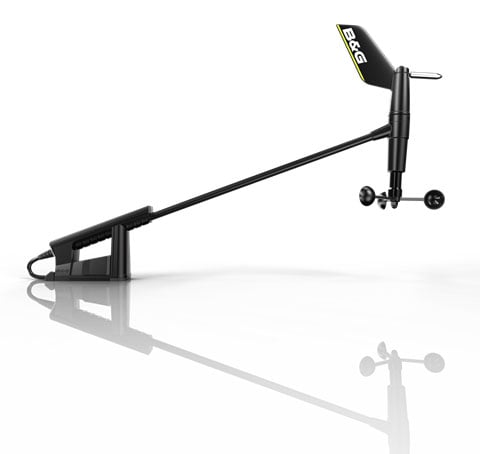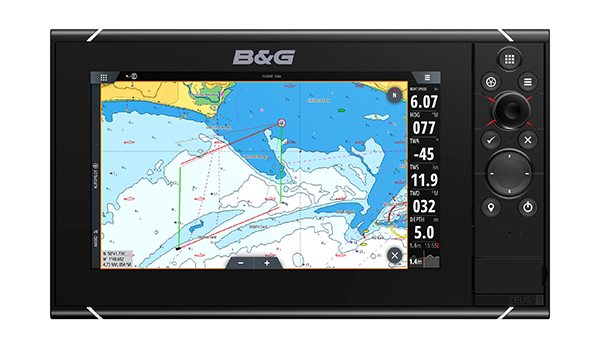Getting your instruments correctly calibrated for any race is an important step – without correct calibration you can’t rely on the data to tell you what you need to know.
Here’s a quick guide to ensure you get the best out of a basic instrument system. More sophisticated instrument systems and processors have advanced calibration routines and polar performance inputs to ensure optimum accuracy: check out ‘Calibrating an H5000 system’ for an insight into high-end instruments and the accuracy that they can offer.

